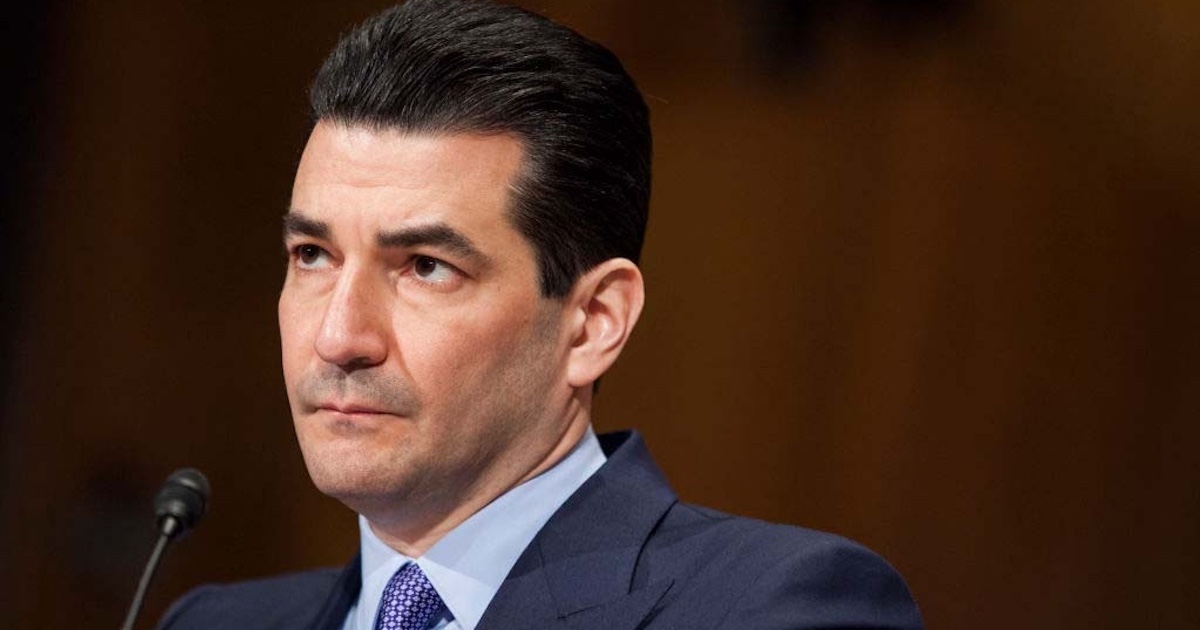For more than three decades, Dan Diamond, MD, has put himself in the middle of disasters. The founder and director of the nation's first state-affiliated medical disaster response team and a member of Medical Teams International, he's seen the worst the nature has to offer, from the Indonesian tsunami to the earthquake in Haiti to Katrina-ravaged New Orleans.
In those situations, he says, one of his most important medical tools is his smartphone.
"I've been doing it long enough that I've witnessed the birth of mobile health technology," he said.
Diamond, a regular on the speaking circuit (his appearances have included Larry King Live and CNN, as well as the recent SXSW conference), says his smartphone is the quickest and best link to important clinical information in a disaster zone, when he's treating people "who are not my usual patient base and not in my usual community." Of particular importance, he says, are clinical reference apps that don't have layers, allowing him to get information quickly about diseases, infections, medications and other conditions that he hasn't seen before.
"It's the efficiency of the click," said Diamond, who spends his down-time, so to speak, in Bremerton, Wash. "I don't want to spend your time digging down through layers and layers of apps. I want to be able to rapidly and reliably get the information I need. … And when it works, it works great. I can have my desktop in front of me and I'll still pull out my phone."
That, of course, is the obvious mHealth tool in a disaster, no doubt cited by nine out of 10 doctors working under those circumstances. But Diamond sees value in several other mHealth tools and services. Among them:
Location technology: Tools like GPS and Google Maps enable doctors and rescue personnel to quickly find their location in areas that might not have landmarks (or where landmarks have been destroyed), Diamond says. They also help in locating hospitals or staging areas for supplies, and in charting different routes in case the most obvious roads are impassable.
Barcode scanning: Diamond credits the Israeli disaster response teams he'd worked alongside in Haiti with making the most of this technology. They'll assign a barcode to every patient they treat, he said, then scan the information into a simple chart for quick reference.
"People have a very short attention span in disasters," he pointed out, adding that doctors will often write vitals down on a patient with a felt-tipped pen. "They want to get information down as quickly as possible. I'm not going to come running in and pull out my laptop."
Diamond pointed out that the Israeli teams using barcode scanning technology still printed out their charts on paper. No one has developed a good mobile patient record yet, he said.
In addition, Diamond said, barcode scanning can be used to track inventory, so that physicians and other emergency response workers can see what they're using, be alerted when they're running low and be able to order more supplies before they run out.
Social media tools: Diamond says blogs and Twitter are often overlooked in disasters, when they can actually be quite useful. Both can be used to spread the word about conditions on the ground to a much wider audience, with Twitter offering a real-time platform for urgent messages and updates. What's lacking, he adds, is a means of sorting through and identifying the right tweets.
"Nobody's figured out how to vet the Twitter cloud people," he said. If you can drill down to the who and where, he said, you can identify the crises and respond to them more quickly.
Diamond feels that each of these mHealth tools will be improved, and that they'll become more noticeable in future disasters. And the lessons learned in disaster response, he added, will be applied to basic healthcare.
"The needs there aren't any different than in urgent care," he said, or in working in clinics or underserved neighborhoods, where access and amenities are limited. "You need to get information quickly."


